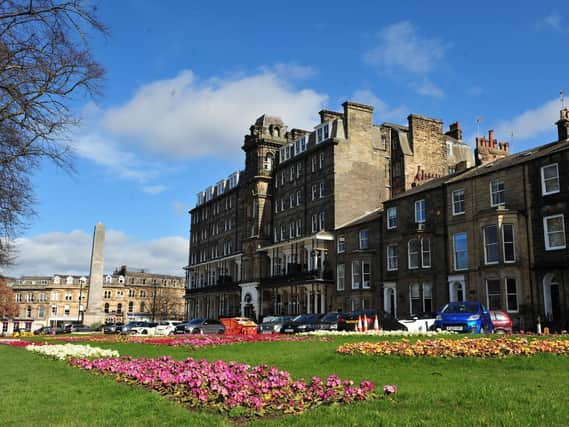Letter: Don’t let population size cloud the debate


The article on page six of last week’s Advertiser about the re-organisation of local government contains a statement with which I cannot agree.
Harrogate, we are told, “although boasting a population too small to go it totally alone...”.
Advertisement
Hide AdAdvertisement
Hide AdThe population of the Harrogate District is currently estimated at about 160,000, that of the town itself being roughly 75,000.
Back in 1900, when the population of Harrogate town was only about 25,000, the people of Harrogate ran their own affairs which they financed from the product of the local council tax. Apart from a precept for the county to cover the costs of some aspects of secondary education, and the Claro Constabulary, everything affecting Harrogate was controlled locally.
Harrogate ran its own schools, and if it was thought that the borough needed a new school in a recently urbanised locality, it not only built the school and paid for it, but also ran the schools with an education committee, and paid the salaries of the teachers.
Harrogate was responsible for its roads and footpaths, and if a citizen complained to their councillor about the bad state of any one of them, the highway’s committee could order local workmen to immediately repair it.
Advertisement
Hide AdAdvertisement
Hide AdHarrogate ran its own electricity works, built as an example of municipal enterprise, and was able to supply cheap electricity to its citizens by a system that also produced a profit for the public purse. At times of economic difficulty, the council reduced prices to assist the town’s poorer consumers.
Harrogate ran its own water undertaking, having bought out the private water company in 1897, and then embarked on the biggest construction project of its history in building a vast system of reservoirs and water distribution, which dwarfed the scale of the 1981 Conference Centre. The Spa was also largely a council business.
One of the most remarkable facts of Harrogate’s history is that only weeks after the council had opened their luxurious and expensive Royal Baths in 1897, they conceived the idea of building a companion amenity, the Kursaal, which opened in 1903.
At this time, the Valley Gardens were being extended and embellished, which culminated in the opening of the Sun Pavilion and Colonnade. One could also refer to the local hospital, run entirely on voluntary charitable subscriptions. And all this achievement by a population of around 25,000.
Advertisement
Hide AdAdvertisement
Hide AdAs a historian who has perhaps looked deeper into the town’s history than most, I suggest that the two greatest calamities suffered by Harrogate were the arrival of the plague in 1349 and of the local government re-organisation of 1974, when Harrogate lost so many of its responsibilities to the new and impoverished authority.
Today, the North Yorkshire parasite sucks away about 83 per cent of every pound paid as council tax by the people of Harrogate, and it is this iniquitous fact that prevents Harrogate from regaining its democratic power to run its own affairs.
The Advertiser has printed many quotes from various career politicians about the challenges faced by the latest government inspired re-organisation but I can promise the people of Harrogate that this latest effort will probably result in Harrogate losing what few powers it retains to run its own affairs.
Population size has nothing whatever to do with the ability of a community to run its own affairs. Freedom to raise and then keep and then spend local finance is paramount, and thanks to various spiv governments, Harrogate has been deprived of that power.